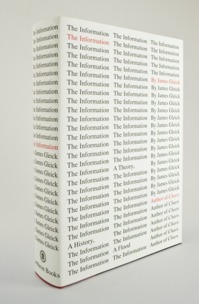William Rosen quotes a key passage from Abraham Lincoln’s speech on “Discoveries, Inventions, and Improvements”:
(p. 323) The advantageous use of Steam-power is, unquestionably, a modern discovery. And yet, as much as two thousand years ago the power of steam was not only observed, but an ingenious toy was actually made and put in motion by it, at Alexandria in Egypt. What appears strange is that neither the inventor of the toy, nor any one else, for so long a time afterwards, should perceive that steam would move useful machinery as well as a toy. . . . . . . in the days before Edward Coke’s original Statute on Monopolies, any man could instantly use what another had invented; so that the inventor had no special advantage from his own invention. . . . The (p. 324) patent system changed this; secured to the inventor, for a limited time, the exclusive use of his invention; and thereby added the fuel of interest to the fire of genius, in the discovery of new and useful things.
Source:
Rosen, William. The Most Powerful Idea in the World: A Story of Steam, Industry, and Invention. New York: Random House, 2010.
(Note: italics and ellipses in original.)




